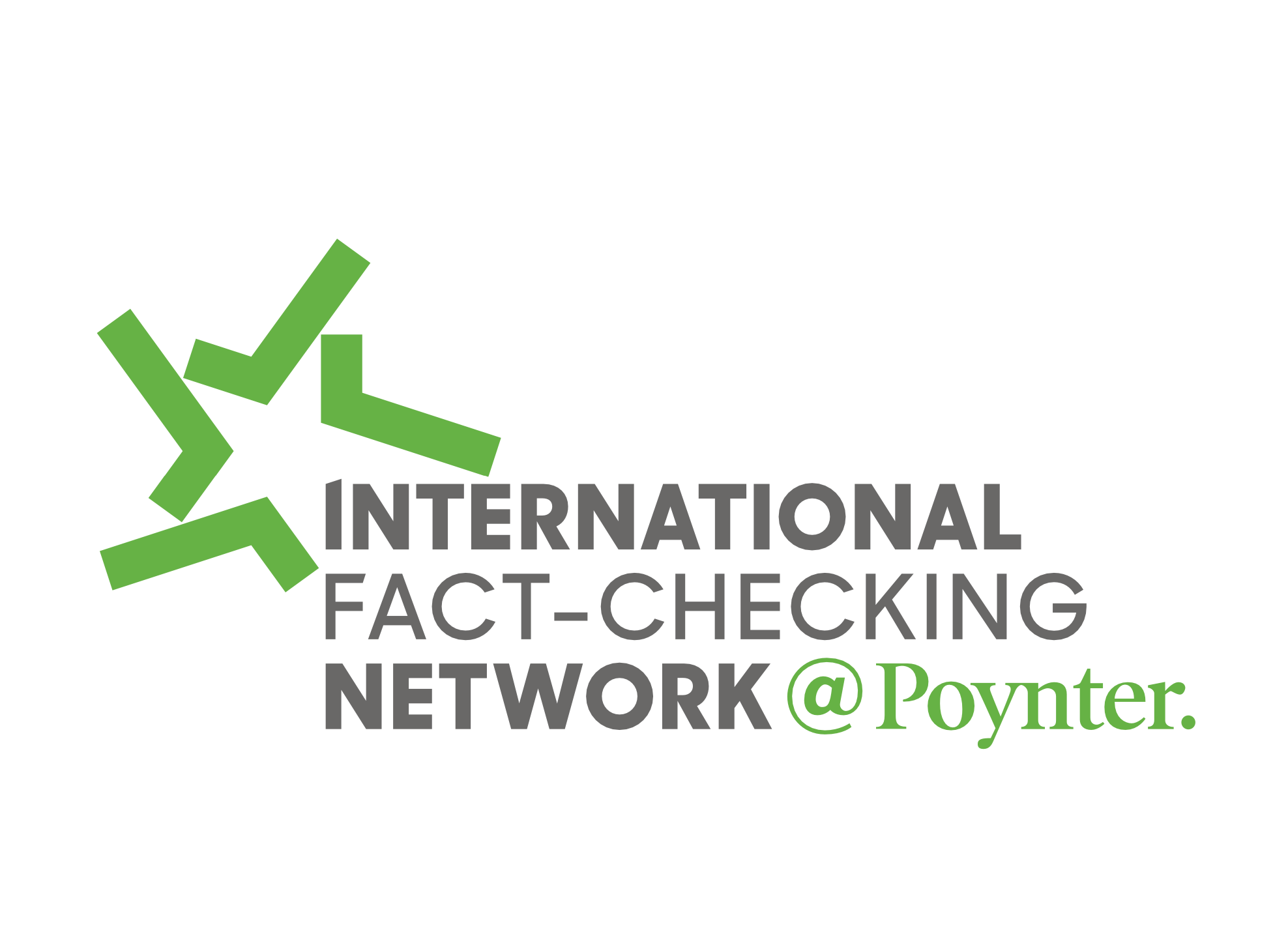The most compelling stories about the disproportionate impact of the coronavirus on minorities and the poor combine local voices with hard data that confirms a broader reality. One without the other too often leaves an incomplete picture for readers and viewers who are overwhelmed by the volume of information or for some reason skeptical of the greater risks facing Black and Hispanic residents, and low-income families.
But where do journalists find the numbers confirming the disparities in their states and communities, particularly if their news outlets don’t have sophisticated data operations? Here are five places to start:
1. The COVID Racial Data Tracker
The COVID Racial Data Tracker. This is the closest to one-stop shopping. Launched in April by a partnership between the COVID Tracking Project and the Center for Antiracist Research at Boston University, this site is updated twice a week and includes both state and county information for virtually every state. It’s particularly helpful in showing by state where there are significant disparities between the portion of the population comprised of minority residents and the portion of virus cases and deaths those residents represent.
For example, in Alabama, Black residents are 27% of the population but account for 45% of the confirmed virus cases and 46% of the deaths. In Michigan, Black residents are 14% of the population but account for 34% of the cases and 41% of the deaths. In Iowa, Hispanic residents are 6% of the population but account for 26% of the cases.
2. The Centers for Disease Control and Prevention
The Centers for Disease Control and Prevention also can be a starting point. This CDC site easily takes you to every county in every state and provides daily updates of the total number of cases and deaths by county. That illustrates the overall hot spots by county at a glance, including important information such as cases per 100,000 residents to make for easier comparisons.
But to get to breakdowns by race and ethnicity, follow the link at the bottom of each state page to the state’s website. Most every state now provides confirmed cases and deaths by race and ethnicity, and some have it by ZIP code. In Florida, which has become the nation’s hot spot, the state’s virus dashboard includes breakdowns by race and ethnicity by county, and total cases by ZIP code.
3. The Johns Hopkins University virus website
The Johns Hopkins University virus website is easy to navigate, lists which states provide breakdowns by race and ethnicity and provides county-level statistics on cases and deaths that are updated daily. It also has demographic information by county, insurance coverage statistics and regularly updates the top counties for cases and deaths.
4. amfAR, the nonprofit Foundation for Aids Research
Another helpful website for trends and statistics is offered by amfAR, the nonprofit Foundation for Aids Research, which has taken a deep dive into the coronavirus and racial disparities. It highlights counties with an above-average number of Black residents, which it defines as at least 13% of the population. More than half of the nation’s virus deaths are in those counties, which account for only 35% of the nation’s population. There are useful interactive maps with updated numbers by county, plus charts that show seven-day rolling averages for virus cases and deaths that can provide a clearer assessment of trends. There are also statistics that show the poverty rate and the portion of county residents living in poverty or uninsured.
5. The APM Research Lab
The APM Research Lab provides a sophisticated look at virus mortality rates by race and ethnicity at the state level. It also has state statistics on deaths per 100,000 people, and it calculates more sophisticated death rates that are adjusted by age.
We can offer additional helpful sources of information that enable journalists and others to quantify the impact of the virus on minorities and the poor as we go forward. Send suggestions to tim.nickens@gmail.com.
But remember, statistics are only half of the story. The voices, faces and personal accounts of the families, workers and business owners struggling to survive this pandemic and shouldering more than their share of the burden are just as vital.
Tim Nickens recently retired as editor of editorials for the Tampa Bay Times. He and a colleague won the 2013 Pulitzer Prize for editorial writing that successfully persuaded Pinellas County to resume adding fluoride to drinking water. The decision to stop fluoridation was a health risk to the poor and those without access to dental care.
Poynter Institute researcher Caryn Baird contributed to this report. It is part of a series funded by a grant from the Rita Allen Foundation to report and present stories about the disproportionate impact of the virus on people of color, Americans living in poverty and other vulnerable groups.






